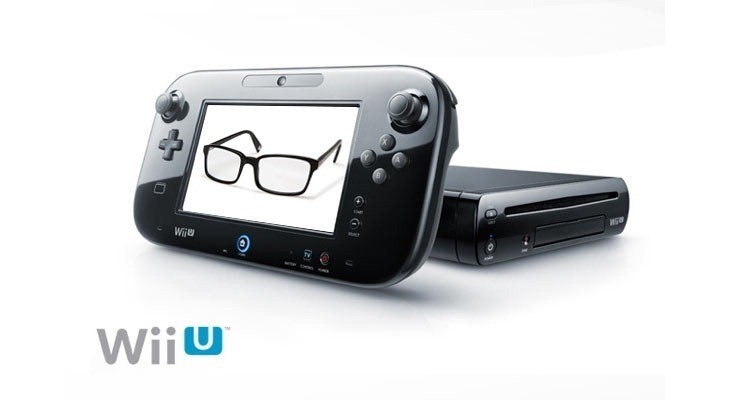
Though developers are under under NDA and Nintendo’s keeping pretty tight-lipped about the Wii U’s specs, a neoGAF user has apparently leaked the system’s lower-level specifications – with a number of forumites backing the claims up – saying they’re copied and pasted from the official SDK documentation – though they’re a little old and have been tweaked a little.
Some of this might be in moonspeak for those of you who aren’t technically minded – and it doesn’t include clock speeds so it doesn’t quite paint a whole picture – but it does show the Wii U to be significantly more powerful and capable than current gen hardware – and that once developers really start getting to grips with the hardware, we should see some pretty amazing things. It’s worth noting though that a portion of the system’s processing is used to render the information for the tablet’s display – which may account for why it’s not visually blowing the Xbox 360 and Ps3 out of the water just yet.
According to some in the know, it might even be able to compare favourably to Microsoft and Sony’s next gen hardware – which probably won’t offer the generational leap we’re expecting. Nintendo president Satoru Iwata believes there won’t be as much disparity with the Wii U and next gen systems as there was with the Wii and the current consoles.
"We cannot promise that the Wii U will never be excluded from multiplatform software for eternity, but we can at least assure you that the Wii U will not have such a big difference as the Wii had in comparison to how, on other platforms, developers could expect very different graphic capabilities of generating HD-applicable high-resolution graphics."
"Other companies might launch a next-generation console with more power, but we don’t necessarily think that the difference between the Wii U and such console will be as drastic as what you felt it was between the Wii and the other consoles because there will be fewer and fewer differentiators in graphics," Iwata said in a shareholders Q&A.
Here are the specs.
Main Application Processor
PowerPC architecture.
Three cores (fully coherent).
3MB aggregate L2 Cache size.
core 0: 512 KB
core 1: 2048 KB
core 2: 512 KB
Write gatherer per core.
Locked (L1d) cache DMA per core.
Main Memory
Up to 3GB of main memory (CAT-DEVs only). Note: retail machine will have half devkit memory
Please note that the quantity of memory available from the Cafe SDK and Operating System may vary.
Graphics and Video
Modern unified shader architecture.
32MB high-bandwidth eDRAM, supports 720p 4x MSAA or 1080p rendering in a single pass.
HDMI and component video outputs.
Features
Unified shader architecture executes vertex, geometry, and pixel shaders
Multi-sample anti-aliasing (2, 4, or 8 samples per pixel)
Read from multi-sample surfaces in the shader
128-bit floating point HDR texture filtering
High resolution texture support (up to 8192 x 8192)
Indexed cube map arrays
8 render targets
Independent blend modes per render target
Pixel coverage sample masking
Hierarchical Z/stencil buffer
Early Z test and Fast Z Clear
Lossless Z & stencil compression
2x/4x/8x/16x high quality adaptive anisotropic filtering modes
sRGB filtering (gamma/degamma)
Tessellation unit
Stream out support
Compute shader support
GX2 is a 3D graphics API for the Nintendo Wii U system (also known as Cafe). The API is designed to be as efficient as GX(1) from the Nintendo GameCube and Wii systems. Current features are modeled after OpenGL and the AMD r7xx series of graphics processors. Wii U’s graphics processor is referred to as GPU7.
Sound and Audio
Dedicated 120MHz audio DSP.
Support for 6 channel discrete uncompressed audio (via HDMI).
2 channel audio for the Cafe DRC controller.
Monaural audio for the Cafe Remote controller.
Networking
802.11 b/g/n Wifi.
Peripherals
2 x USB 2.0 host controllers x 2 ports each.
SDCard Slot.
Built-in Storage
512MB SLC NAND for System.
8GB MLC NAND for Applications.
Host PC Bridge
Dedicated Cafe-to-host PC bridge hardware.
Allows File System emulation by host PC.
Provides interface for debugger and logging to host PC.
Last Updated: July 4, 2012




















